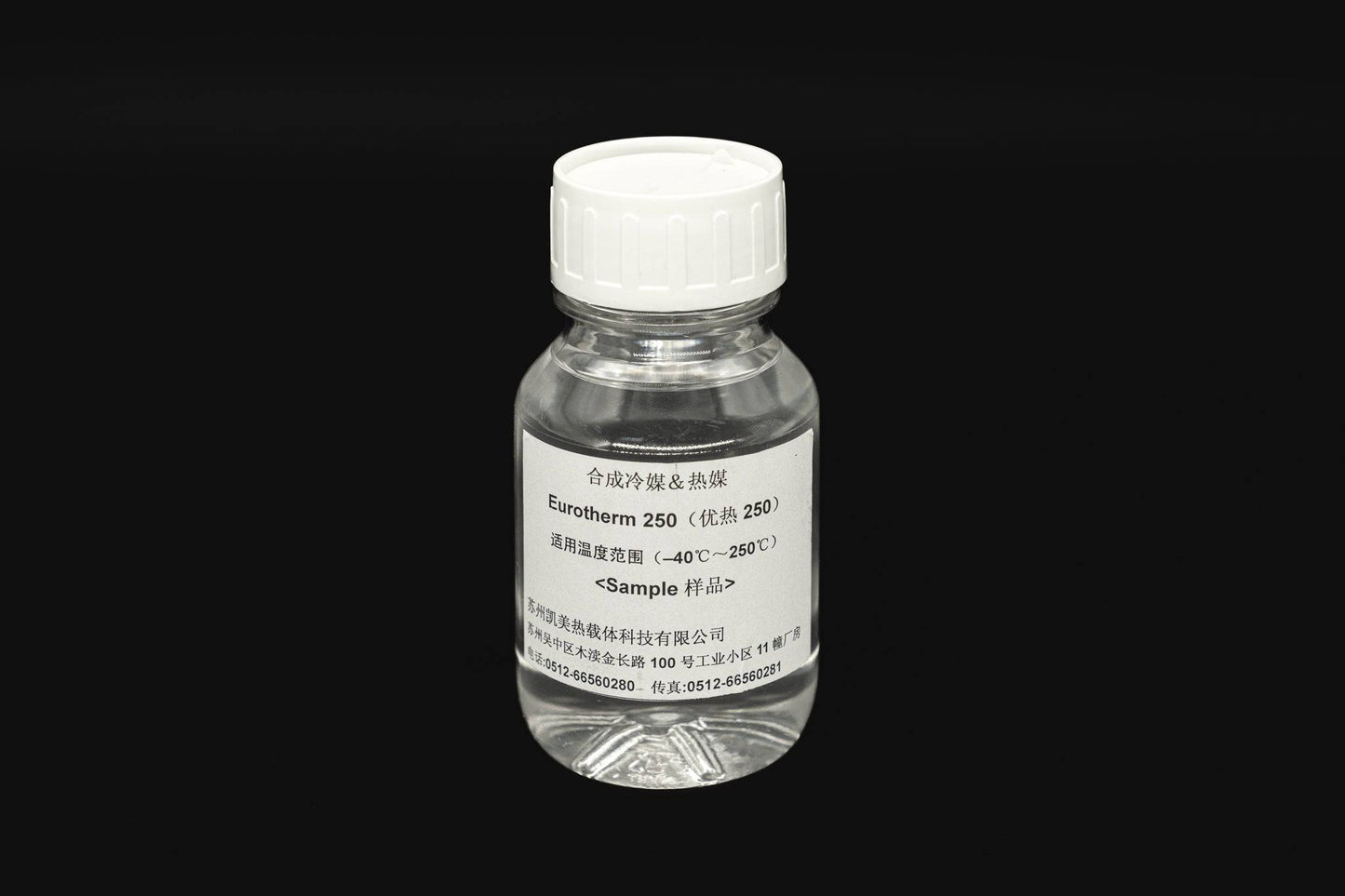Excitement About Chemie
Wiki Article
What Does Chemie Do?
Table of ContentsExamine This Report about ChemieChemie Things To Know Before You BuyAbout ChemieThe Of ChemieWhat Does Chemie Mean?The Definitive Guide for Chemie
By Bojanna Shantheyanda, Sreya Dutta, Kevin Coscia and David SchiemerDynalene, Inc. Liquid air conditioning, which can be accomplished making use of indirect or straight means, is used in electronics applications having thermal power thickness that may surpass safe dissipation with air cooling. Indirect fluid cooling is where warmth dissipating electronic parts are physically divided from the fluid coolant, whereas in case of direct cooling, the elements remain in straight call with the coolant.Nevertheless, in indirect air conditioning applications the electrical conductivity can be crucial if there are leakages and/or splilling of the liquids onto the electronic devices. In the indirect air conditioning applications where water based liquids with deterioration inhibitors are normally made use of, the electrical conductivity of the liquid coolant generally depends upon the ion focus in the fluid stream.
The boost in the ion focus in a shut loop liquid stream may occur as a result of ion leaching from steels and nonmetal elements that the coolant fluid is in contact with. Throughout procedure, the electrical conductivity of the liquid may enhance to a level which could be harmful for the cooling system.
Chemie Can Be Fun For Anyone
(https://disqus.com/by/disqus_harfAtVpBU/about/)They are bead like polymers that can exchanging ions with ions in an option that it touches with. In the present work, ion leaching examinations were executed with various steels and polymers in both ultrapure deionized (DI) water, i.e. water which is treated to the highest degree of purity, and reduced electrical conductive ethylene glycol/water mix, with the determined adjustment in conductivity reported in time.
The examples were enabled to equilibrate at room temperature level for 2 days prior to tape-recording the preliminary electric conductivity. In all examinations reported in this study fluid electrical conductivity was measured to a precision of 1% making use of an Oakton CON 510/CON 6 series meter which was adjusted prior to each measurement.
Some Of Chemie
from the wall surface heating coils to the center of the heating system. The PTFE sample containers were positioned in the furnace when stable state temperature levels were reached. The examination configuration was gotten rid of from the furnace every 168 hours (7 days), cooled to area temperature level with the electric conductivity of the liquid gauged.The electrical conductivity of the liquid sample was monitored for a total amount of 5000 hours (208 days). Schematic of the indirect closed loop cooling experiment set-up. Parts used in the indirect closed loophole cooling experiment that are in call with the liquid coolant.

The Basic Principles Of Chemie
Throughout operation the fluid reservoir temperature level was preserved at 34C. The change in liquid electrical conductivity was kept an eye on for 136 hours. The fluid from the system was collected and kept. Shut loophole test with ion exchange material was carried out with the very same cleansing procedures used. The initial electric conductivity of the 230ml UP-H2O in the system gauged 1.84 S/cm.
0.1 g of Dowex resin was included in 100g of fluid samples that was absorbed a separate container. The blend was mixed and change in the electrical conductivity at area temperature was gauged every hour. The measured adjustment in the electric conductivity of the UP-H2O and EG-LC examination fluids consisting of polymer or steel when immersed for 5,000 hours at 80C is shown Number 3.
Some Known Facts About Chemie.
Number 3. Ion seeping experiment: Measured modification in electrical conductivity of water and EG-LC coolants having either polymer or metal examples when submersed for 5,000 hours at 80C. The results suggest that metals contributed less ions right into the liquids than plastics in both UP-H2O and EG-LC based coolants. This might be due to a slim metal oxide layer which might act as an obstacle to ion leaching and cationic diffusion.Fluids consisting of polypropylene and HDPE displayed the most affordable electrical conductivity modifications. This could be as a result of the brief, inflexible, linear chains which are much less likely to contribute ions than longer branched chains with weaker intermolecular forces. Silicone likewise carried out well in both test liquids, as polysiloxanes are typically chemically inert because of the high bond power of the silicon-oxygen bond which would certainly avoid deterioration of the material into the fluid.
The 4-Minute Rule for Chemie
It would certainly be anonymous expected that PVC would certainly create similar results to those of PTFE and HDPE based on the comparable chemical frameworks of the materials, nevertheless there may be other pollutants present in the PVC, such as plasticizers, that might impact the electrical conductivity of the fluid - heat transfer fluid. Additionally, chloride teams in PVC can likewise seep into the examination fluid and can trigger a boost in electrical conductivityPolyurethane totally disintegrated right into the test liquid by the end of 5000 hour test. Prior to and after pictures of metal and polymer examples submersed for 5,000 hours at 80C in the ion leaching experiment.
Measured adjustment in the electrical conductivity of UP-H2O coolant as a function of time with and without material cartridge in the shut indirect air conditioning loop experiment. The measured adjustment in electric conductivity of the UP-H2O for 136 hours with and without ion exchange resin in the loop is displayed in Figure 5.
Report this wiki page